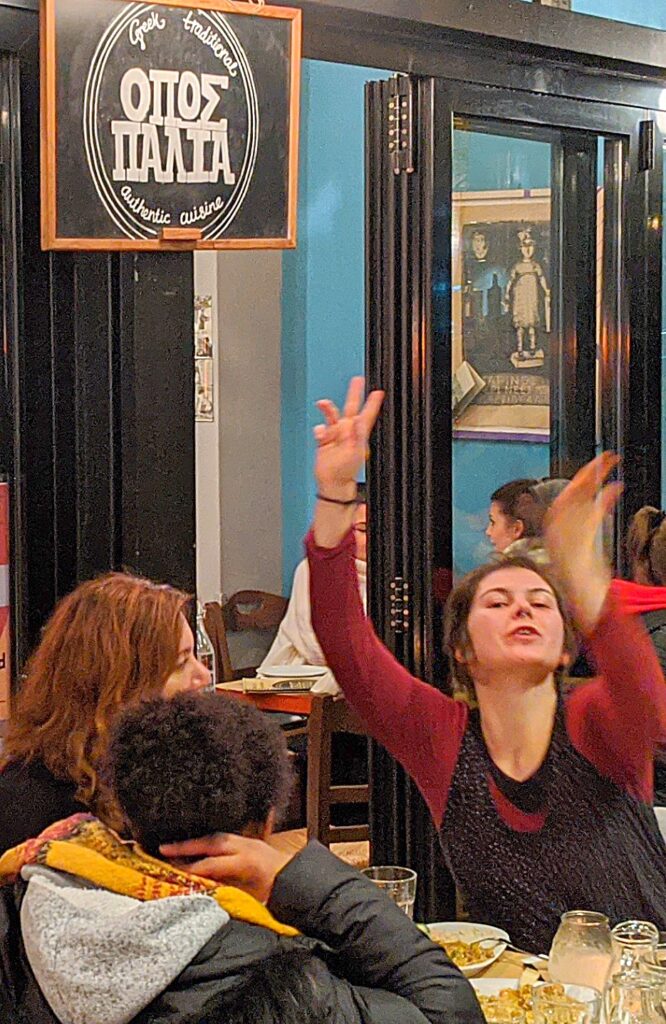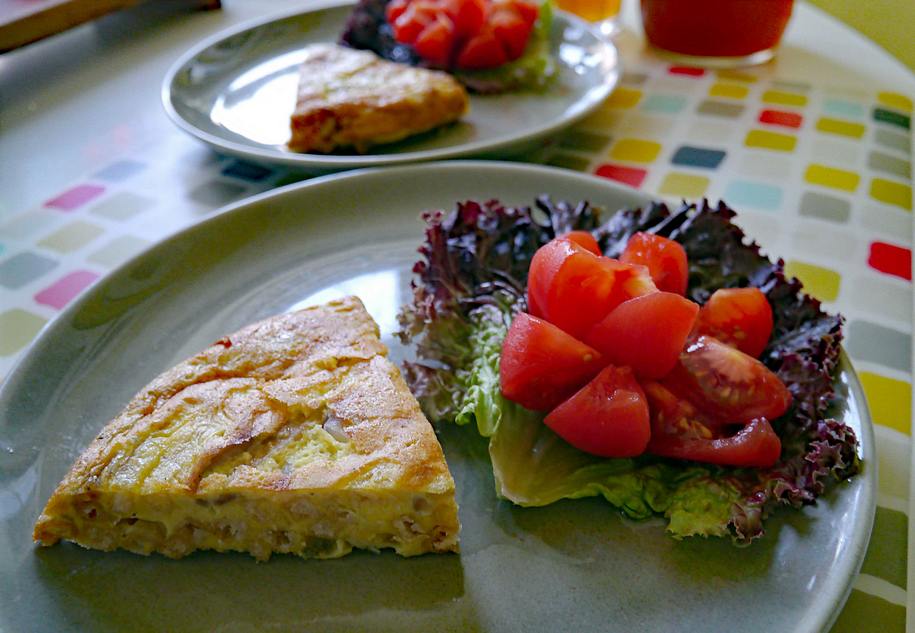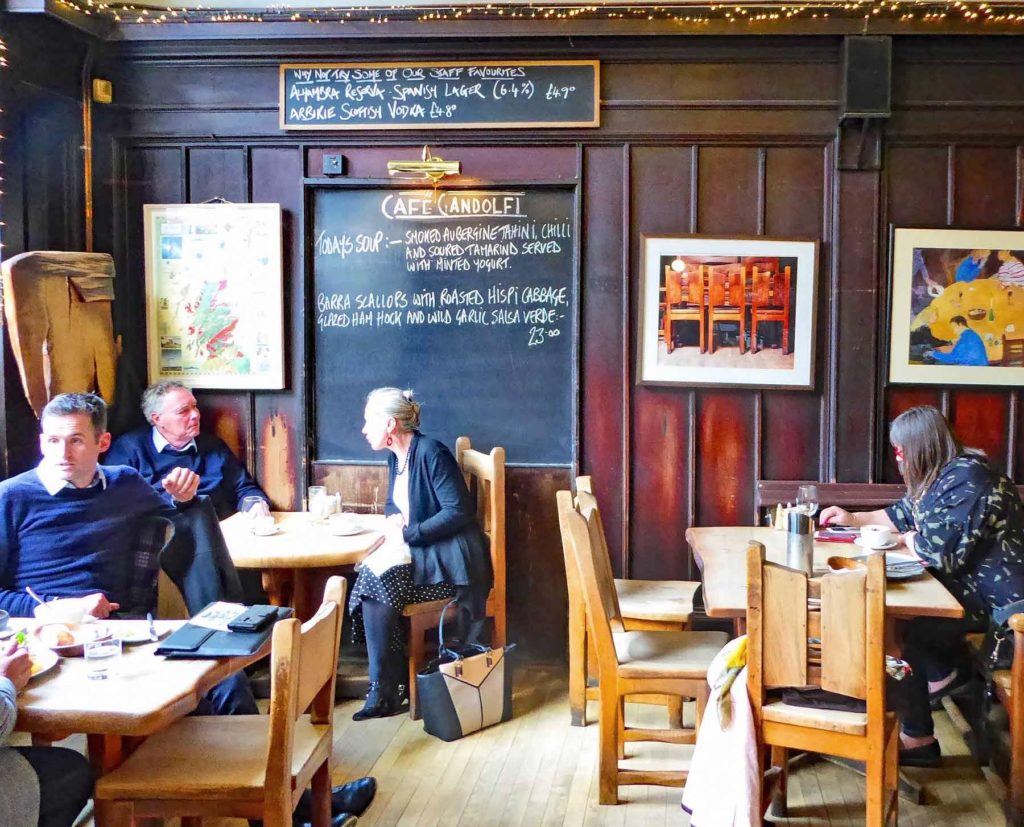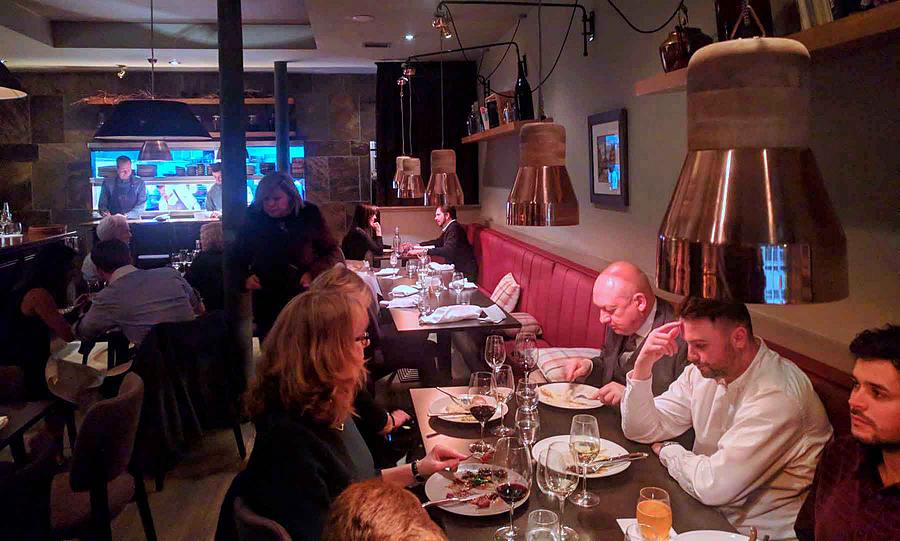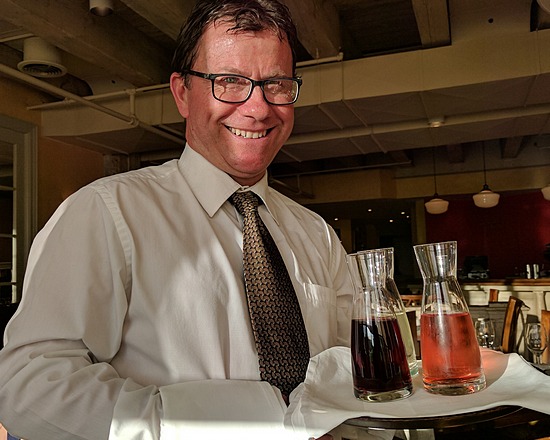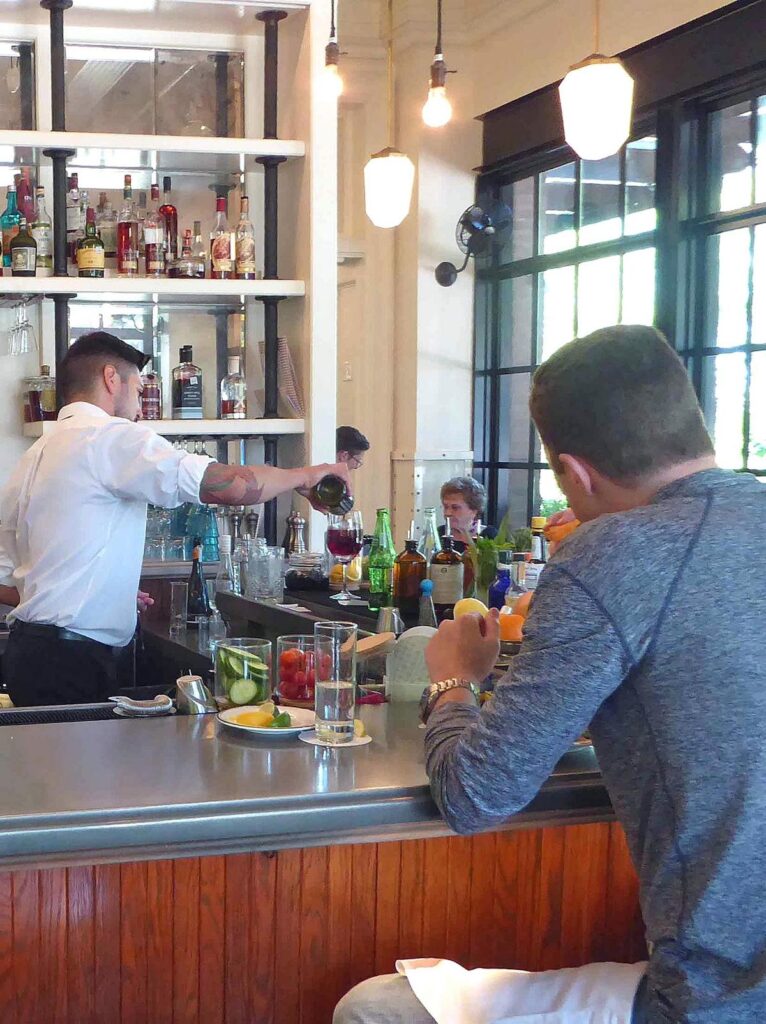
World on a Plate: eating fried green tomatoes
Now that it's September, we're entering another phase in our tomato watching. We're coming to the end of the ripe tomato season for the determinate varieties, but the indeterminate tomatoes have kept flowering and setting fruit. From an evolutionary perspective, this is a pretty dumb move. Frost will kill the plants and spoil the fruit before it ripens. Even the seeds will be too green to sprout another year. So while we enjoy the last plates of insalata Caprese, we're considering how to turn the immature fruit to good use. Before any of you readers bombard us with pickle recipes, we're going on record that we already have enough pickles to last the winter. So now we're trying to think of good ways to eat...Read More

